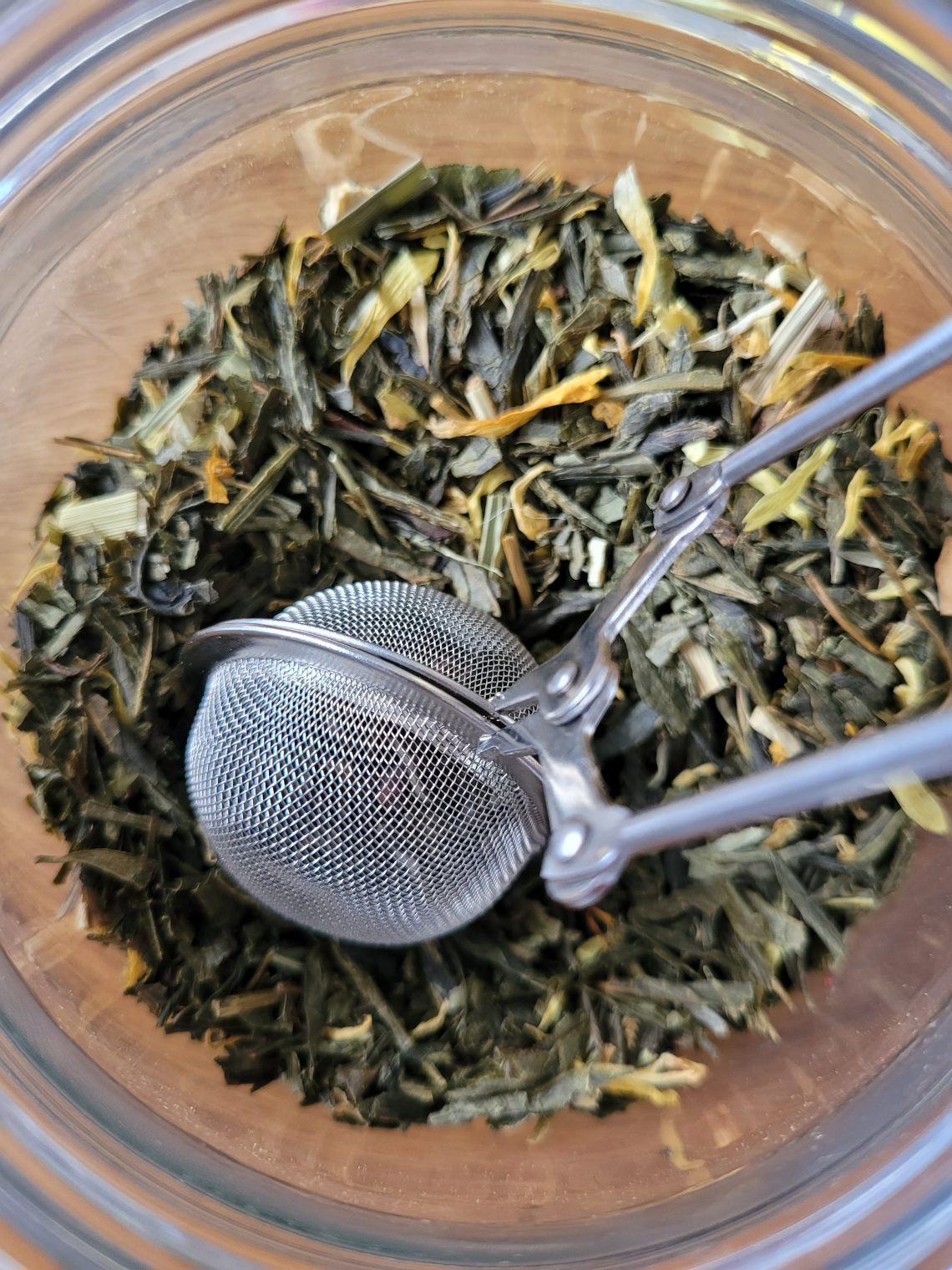
Tea World
Tea – a drink known probably all over the world. Drink – an infusion made from the leaves and buds of a group of plants – belonging to the Camellia plant genus. The history of tea drinking begins in China and most of its varieties come from here. Tea plantations can also be found in India, Sri Lanka, Kenya, Japan, Iran, Turkey, Vietnam and Indonesia.
However, it is worth knowing a few details about the tea that is worth drinking, and which one should rather be avoided, because not every tea is tea 😉
Real tea – these are dried leaves or buds (in the mixture you can also sometimes find “sticks” or stems). So remember – to drink real tea – you should buy leaf tea, not express bags filled with dust/dirt – these are tea production waste (on the left – sencha, on the right – tea bag dust).
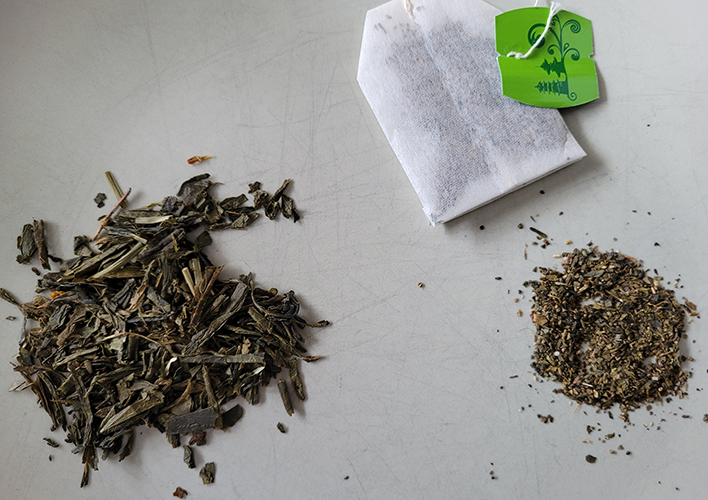
Types of tea:
- black – heavily processed, black leaves, obtained as a result of 4 processes – withering, twisting, oxidation and drying (here you will find teas such as: Assam, Darjeeling, Ceylon, Yunnan),
- green – a drink made exclusively from Chinese tea leaves, which have undergone only minimal oxidation during processing – after picking, they are dried and subjected to high temperature (gunpowder, sencha, matcha, lung ching),
- white – made from leaf buds and young leaves, picked in early spring and dried in the sun – the most expensive of the teas (Bai Mudan, Shoumei),
- yellow – the collected leaves are first heated, then cooled, dried and heated again (Junshan Yinzhen, Huoshan Huangya),
- pu-erh (red) – undergoes an additional aging and fermentation process with the participation of microorganisms. In China, fermented teas are considered to have a beneficial effect on digestion and thus support slimming processes,
- ulung – meaning “black dragon” – also called turquoise or blue, after collecting the leaves, they are left in the sun, and when they wither, they are shaken out in special baskets.
- and mixtures of fruit or herbs – commonly known as fruit or herbal teas 😉
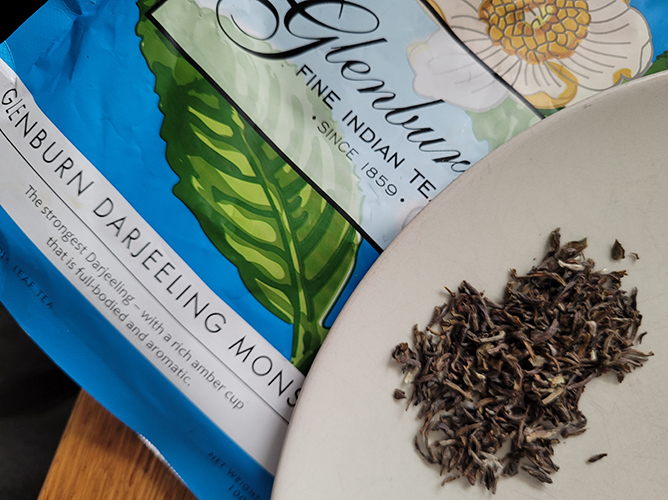
While each of these teas has many advantages, but also disadvantages, I will now focus on green tea, because I believe that this tea is the queen of teas.
In numerous studies conducted on various animal models, with the participation of humans and in vitro experiments, it has been shown that the compounds contained in green tea have antioxidant, anti-cancer, anti-inflammatory, antibacterial and anti-atherosclerotic properties. Green tea is not fermented like black tea, thus valuable ingredients such as polyphenols (from the group of catechins) are still preserved in it.
In addition, green tea leaves also contain flavonoids: quercetin, kaempferol, myricetin, phenolic acids: gallic acid, p-coumaric acid, caffeic acid and derivatives of caffeic acid: chlorogenic acid, theogaline. The leaves are also a source of: purine alkaloids, including caffeine, theobromine (0.15-0.2%), theophylline
(0.02-0.04%); amino acids – theanine; vitamins C, E, B and a small amount of vitamin K as well as potassium, aluminum and fluorine ions.
Green tea can be effective in preventing the development of tumors, inflammation, tooth decay and reducing the absorption of cholesterol and
lipids in the digestive system, which is beneficial for
people with cardiovascular disorders. Green tea catechins are well absorbed, therefore
drinking green tea is a simple and effective way to prevent gastrointestinal disorders. (1)
My favorites are:
sencha and dried fruit mixes. I also make my own mixes – sencha plus dried fruit or flowers 🙂 – but more on that in the next post 🙂
(from left: darjeeling, matcha, sencha)
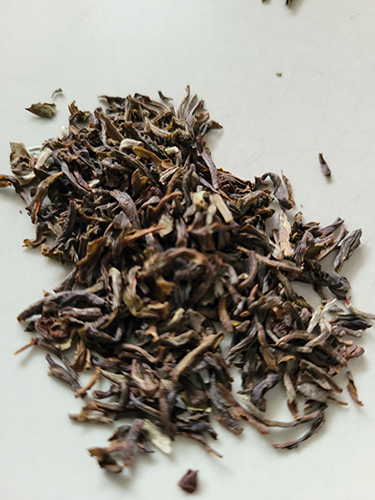
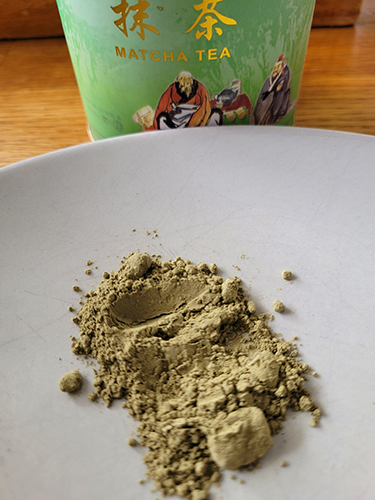
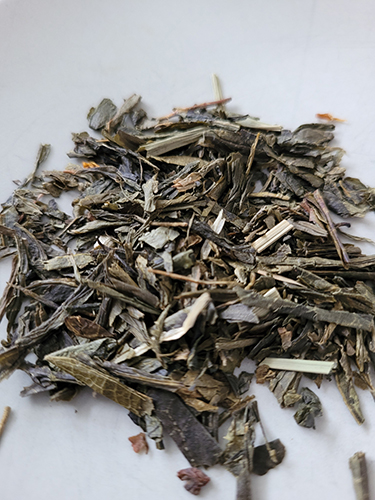
- Source – http://www.postepyfitoterapii.pl/wp-content/uploads/2014/11/pf_2011_034-040.pdf
- wikipedia.pl




